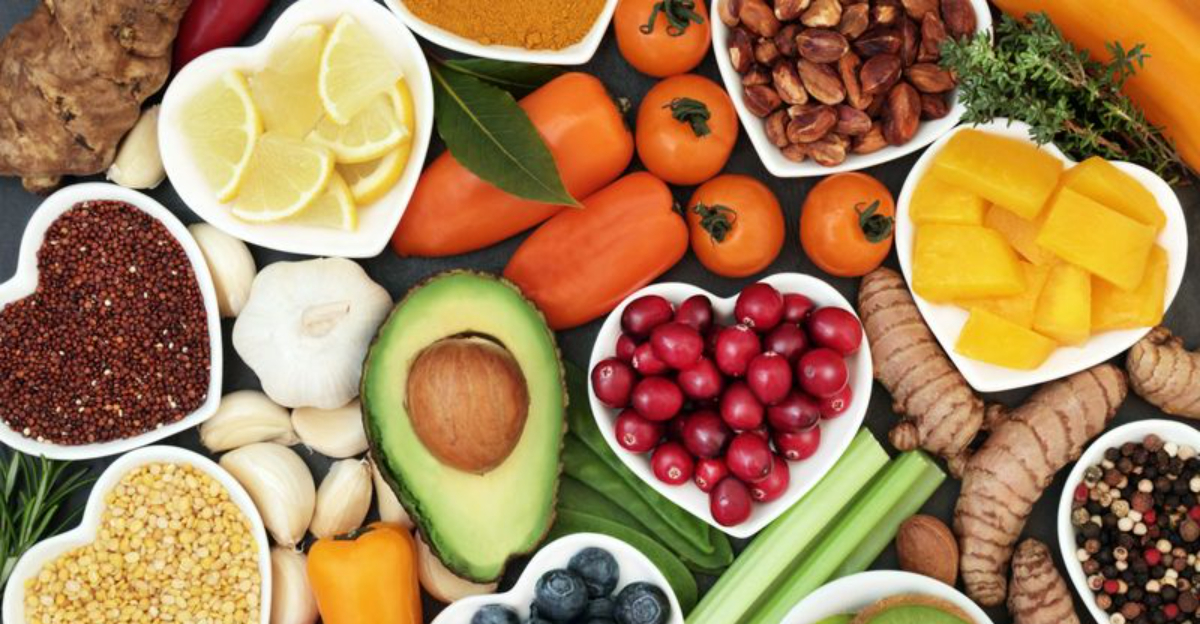6 Misunderstood Foods And How To Spot Nutrition Lies

Food myths are everywhere! I recently fell down a social media rabbit hole about ‘toxic’ foods, only to discover much of it was completely bogus.
The nutrition world is packed with misinformation designed to sell products or create fear. Learning to separate food facts from fiction helps us make healthier choices without falling for expensive or restrictive diet trends.
1. Raw Milk
Moo-ve over, raw milk myths! Despite claims about superior enzymes and nutrients, pasteurization barely affects milk’s nutritional profile while eliminating dangerous bacteria like E. coli and Listeria.
I once tried raw milk at a farmer’s market because it was supposedly ‘more natural.’ Two days of stomach cramps later, I learned my lesson about food safety trumping food fads.
2. Seed Oils
Holy guacamole, the internet hates seed oils! Canola, sunflower, and soybean oils have become nutritional villains overnight. Yet science shows moderate consumption actually helps lower bad cholesterol.
Remember when coconut oil was the miracle cure for everything? The pendulum always swings in nutrition. Most seed oils contain beneficial polyunsaturated fats that support heart health when used appropriately.
3. Processed Meats
Bacon lovers, I’ve got bad news! Those ‘no nitrates added’ labels? Total baloney! These products typically contain celery powder, which naturally contains… you guessed it… nitrates!
Your body can’t tell the difference between natural and synthetic nitrates. I nearly spit out my ‘natural’ hot dog when I learned this trick. The real issue isn’t nitrates themselves but how they convert to compounds called nitrosamines during high-heat cooking.
4. Superfood Powders
Kale powder changed my life! Just kidding, it only changed my bank balance. These trendy powders often lack the fiber and complete nutrient profile of whole foods while costing 10x more.
Last year I dropped $50 on açaí powder thinking I’d become a health goddess. The only super power I gained was the ability to make purple-tinted smoothies that tasted like expensive dirt. Whole fruits and vegetables are superior and more satisfying.
5. Nightshade Vegetables
Tomatoes, potatoes, and eggplants walk into a bar… and everyone runs screaming ‘inflammation!’ What a ridiculous overreaction! For 99% of people, these vegetables provide valuable nutrients and antioxidants.
My aunt swore off nightshades after reading a sketchy blog. Six months later, she hadn’t noticed any difference except missing pizza terribly. Unless you have a specific inflammatory condition, there’s zero scientific reason to avoid these nutritional powerhouses.
6. Ultra-Processed Foods
Gasp! Frozen vegetables are technically ‘processed’ foods! The ultra-processed category includes everything from frozen peas (good) to rainbow cereal (questionable) to cheese-flavored mystery snacks (probably avoid).
Smart shoppers check ingredient lists rather than fearing all processing. Some of my favorite convenient foods – like canned beans, yogurt, and whole grain bread – undergo processing that actually preserves nutrients while making healthy eating more accessible.
7. Gluten
Unless you have celiac disease or genuine sensitivity, gluten probably isn’t harming you. The gluten-free industry has ballooned into a billion-dollar business by convincing perfectly healthy people to fear this protein found in wheat.
Many gluten-free alternatives actually contain more sugar, fat, and additives than their regular counterparts. They’re often more expensive too!
When someone claims gluten is universally harmful, ask for scientific evidence.
8. Soy Products
Remember the rumors about soy causing hormone problems? Science doesn’t support these fears. Traditional soy foods like tofu, tempeh, and edamame have been consumed for centuries in many Asian cultures with health benefits, not harms.
Moderate soy consumption actually provides complete protein, fiber, and beneficial compounds called isoflavones. The confusion stems from studies using isolated compounds or massive amounts no human would consume.
Choose traditional soy foods over heavily processed versions for best nutrition.
9. Carbohydrates
Carbs have been vilified by countless diet trends, but they’re actually your body’s preferred energy source. The trick lies in distinguishing between refined carbs (like white bread and sugary snacks) and complex carbohydrates found in vegetables, fruits, and whole grains.
Your brain runs primarily on glucose, which comes from carbohydrates. Without adequate carb intake, many people experience brain fog, irritability, and decreased athletic performance.
Quality matters more than quantity here. Focus on fiber-rich carb sources that provide steady energy rather than blood sugar spikes.
